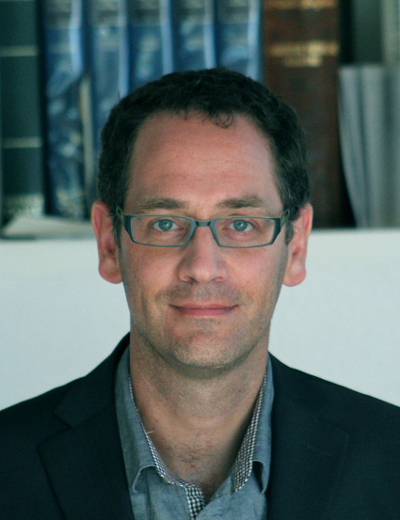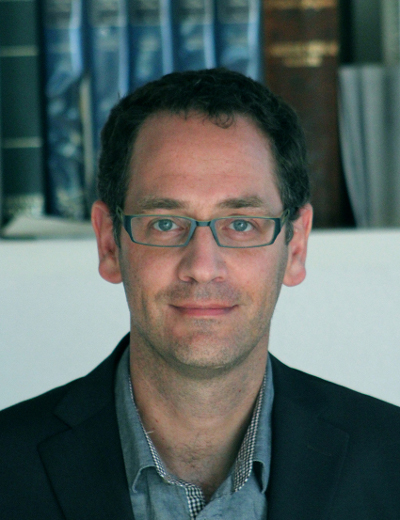Sight, touch and hearing are our windows to the world: these sensory channels send a constant flow of information to the brain, which acts to sort out and integrate these signals, allowing us to perceive the world and interact with our environment. But how do these sensory pathways emerge during development? Do they share a common structure, or, on the contrary, do they emerge independently, each with its specific features? By identifying gene expression signatures common to sight, touch and hearing, neuroscientists at the University of Geneva (UNIGE), Switzerland, discovered a sensory “lingua franca” which facilitates the brain’s interpretation and integration of sensory input. These results, to be published in Nature, pave the way toward a better understanding of perception and communication disorders.

The ability to detect and sort various kinds of stimuli is essential to interact with surrounding objects and people, and to communicate correctly. Indeed, social interaction deficits in people living with autism appear to be partly due difficulties in detecting and interpreting sensory signals. But how does the brain interpret and integrate the stimuli sent by our five senses? It is this very question which Denis Jabaudon, Professor at UNIGE Faculty of Medicine and his team have addressed. ‘We studied the genetic structure of tactile, visual and auditory pathways in mice,’ explains Laura Frangeul, the study first author. ‘By observing neuronal gene expression in these distinct pathways during development, we detected common patterns, as if an underlying genetic language was bringing them together.’
A common language with tailored modulations
The Geneva neuroscientists’ results thus reveal that during development, the various sensory pathways initially share a common gene expression structure, which then adapts to the activity of the organ attached to each sense. ‘This process only takes a few days in mice but could take up to several months in human beings, whose development is much longer and very sensitive to the environment,’ underlines Denis Jabaudon.
This genetic ‘lingua franca’ therefore allows the various sensory pathways to be built according to a similar architecture regardless of their very different functions. It is this shared language that allows the brain to accurately interpret stimuli coming from different sources, and to compose a coherent representation of their combined meaning.
Constant and necessary interactions
Sharing the same building plan also explains how various pathways can mutually balance out, for example when touch or hearing become highly over-developed in people born blind. This discovery also explains why sensory interferences, including synesthesias and hallucinations, can occur in people suffering from neurodevelopmental disorders such as autism or schizophrenia.
Denis Jabaudon concludes: ‘Our results allow us to better understand how the brain circuits which build our representation of the world assemble during development. We are now able to examine how these findings could be put to use to repair them when they fail.’
Web Source: Université de Genève.
Reference:
Laura Frangeul, Gabrielle Pouchelon, Ludovic Telley, Sandrine Lefort, Christian Luscher, Denis Jabaudon. A cross-modal genetic framework for the development and plasticity of sensory pathways. Nature, 2016; DOI: 10.1038/nature19770
The post The language of senses appeared first on Scienmag.





